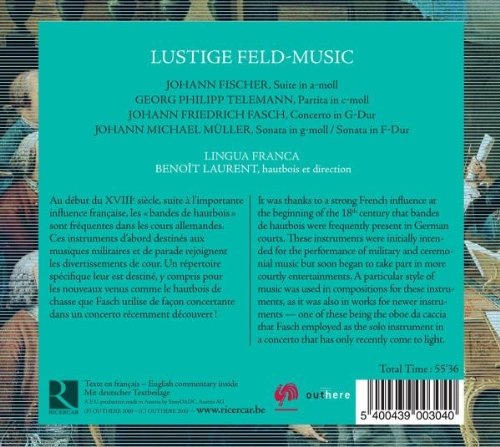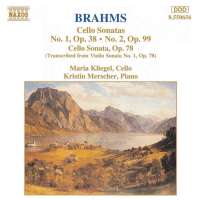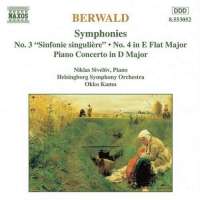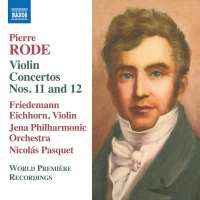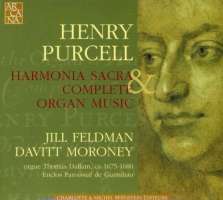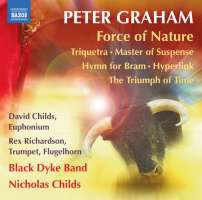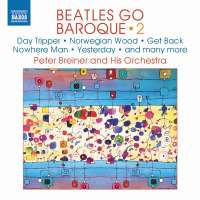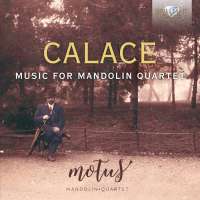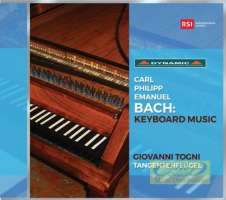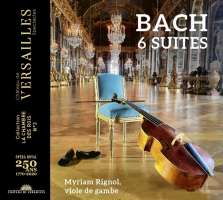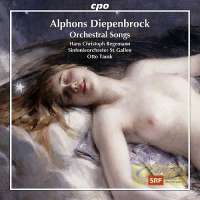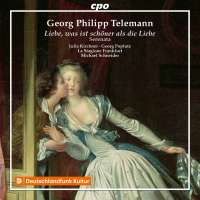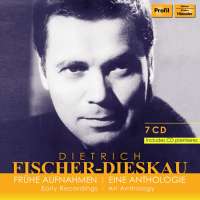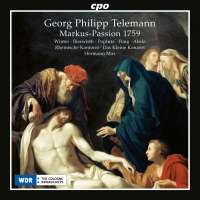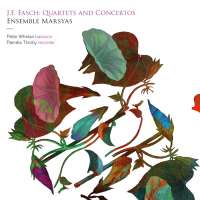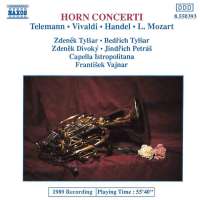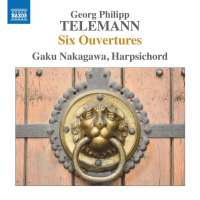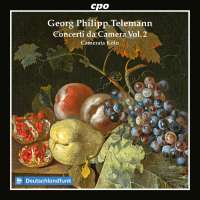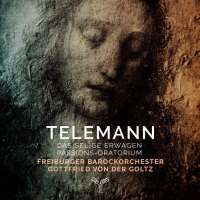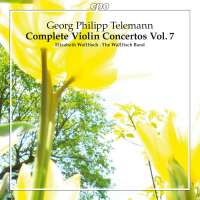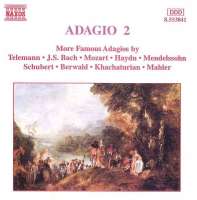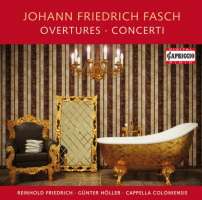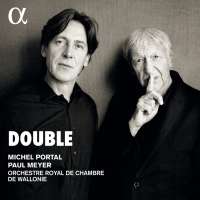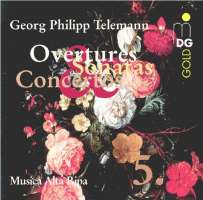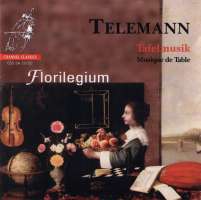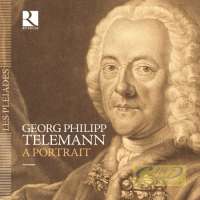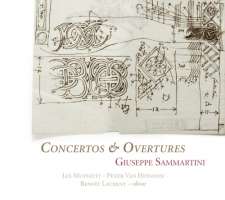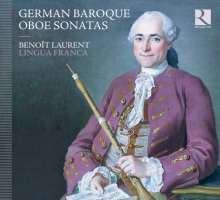
kompozytor
Telemann, Georg Philipp;
Fasch, Johann Friedrich
tytuł
Telemann / Fasch: Lustige Feld-Music
wykonawcy
Lingua Franca;
Laurent, Benoit
Laurent, Benoit
nr katalogowy
RIC 304
opis
A predecessor of classical harmony music were the so-called Bandes de hautbois, with which the German courts copied the Grande écurie, the military music of Louis XIV. Originally intended as military and ceremonial music, they soon took over - supplemented by other wind instruments - more and more tasks in the entertainment music at court. In contrast to the classical harmony of in contrast to the classical harmony of two oboes, clarinets, horns and bassoons, the instrumentation and form were not yet standardized in the Baroque period, but were adapted to the respective performance conditions. They therefore offered composers room for sound experiments, for trying out new instruments and forms Forms. The Ensemble Lingua Franca under Benoït Laurent has recorded here some particularly charming examples of baroque harmony music, including a recently rediscovered work with solo oboe da caccia.
• Fischer, J K F: Suite in A minor
• Förster, C: Concerto in G major
• Muller, J M: Sonata in F major
• Muller, J M: Sonata in G minor
• Telemann: Partie in C minor
Works: • Fasch, J F: Concerto in G major
• Fischer, J K F: Suite in A minor
• Förster, C: Concerto in G major
• Muller, J M: Sonata in F major
• Muller, J M: Sonata in G minor
• Telemann: Partie in C minor
nośnik
CD
gatunek
Muzyka klasyczna
producent
Ricercar
data wydania
25-11-2010
EAN / kod kreskowy
5400439003040

(Produkt nie został jeszcze oceniony)
cena 79,00 zł
lubProdukt dostepny w niewielkiej ilości.
Wysyłka w ciągu 3 dni roboczych
Darmowa wysyłka dla zamówień powyżej 300 zł!
Darmowy kurier dla zamówień powyżej 500 zł!
sprawdź koszty wysyłki